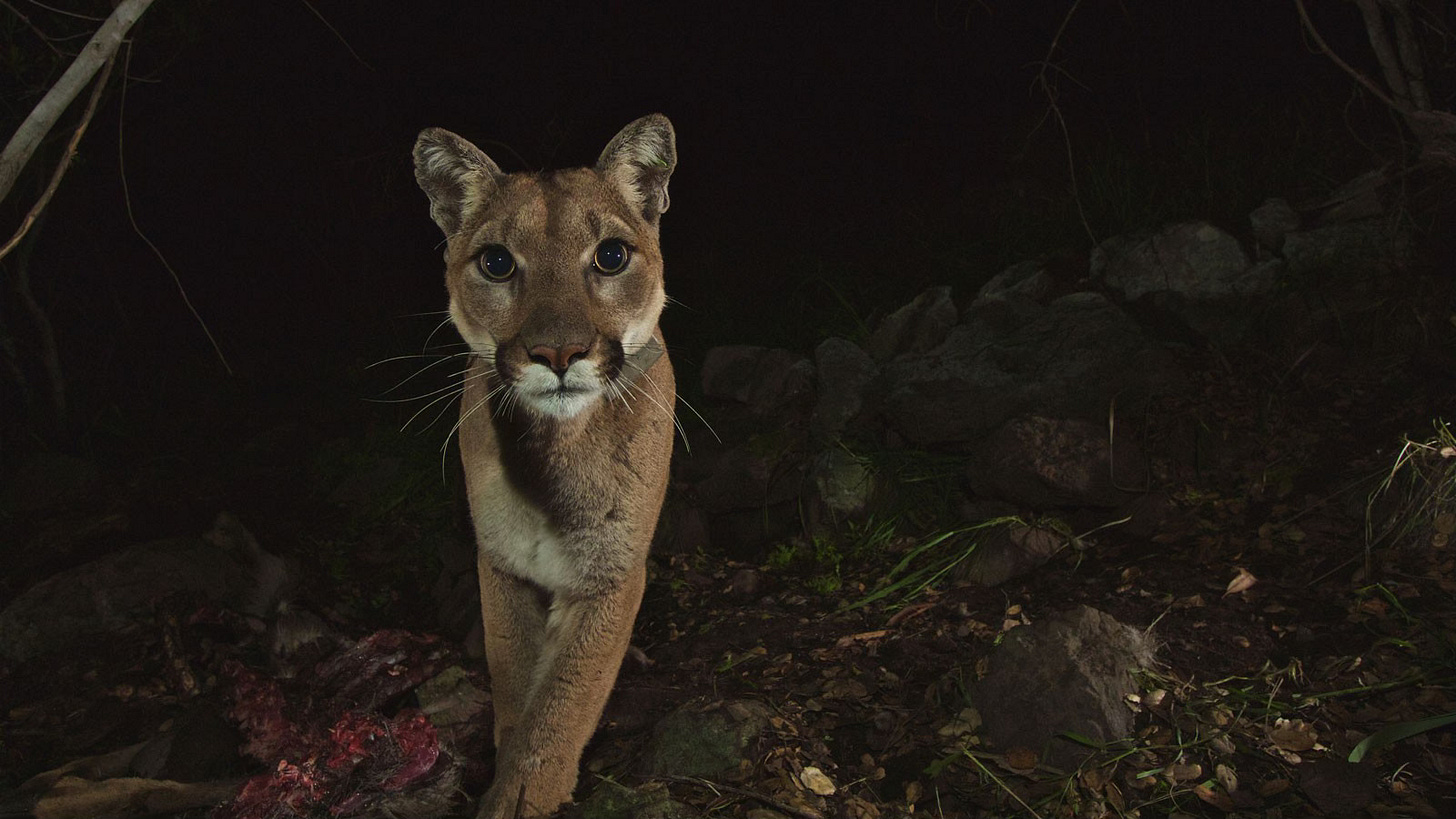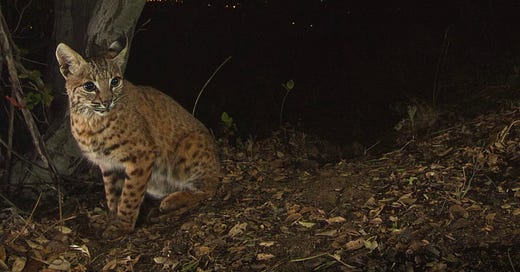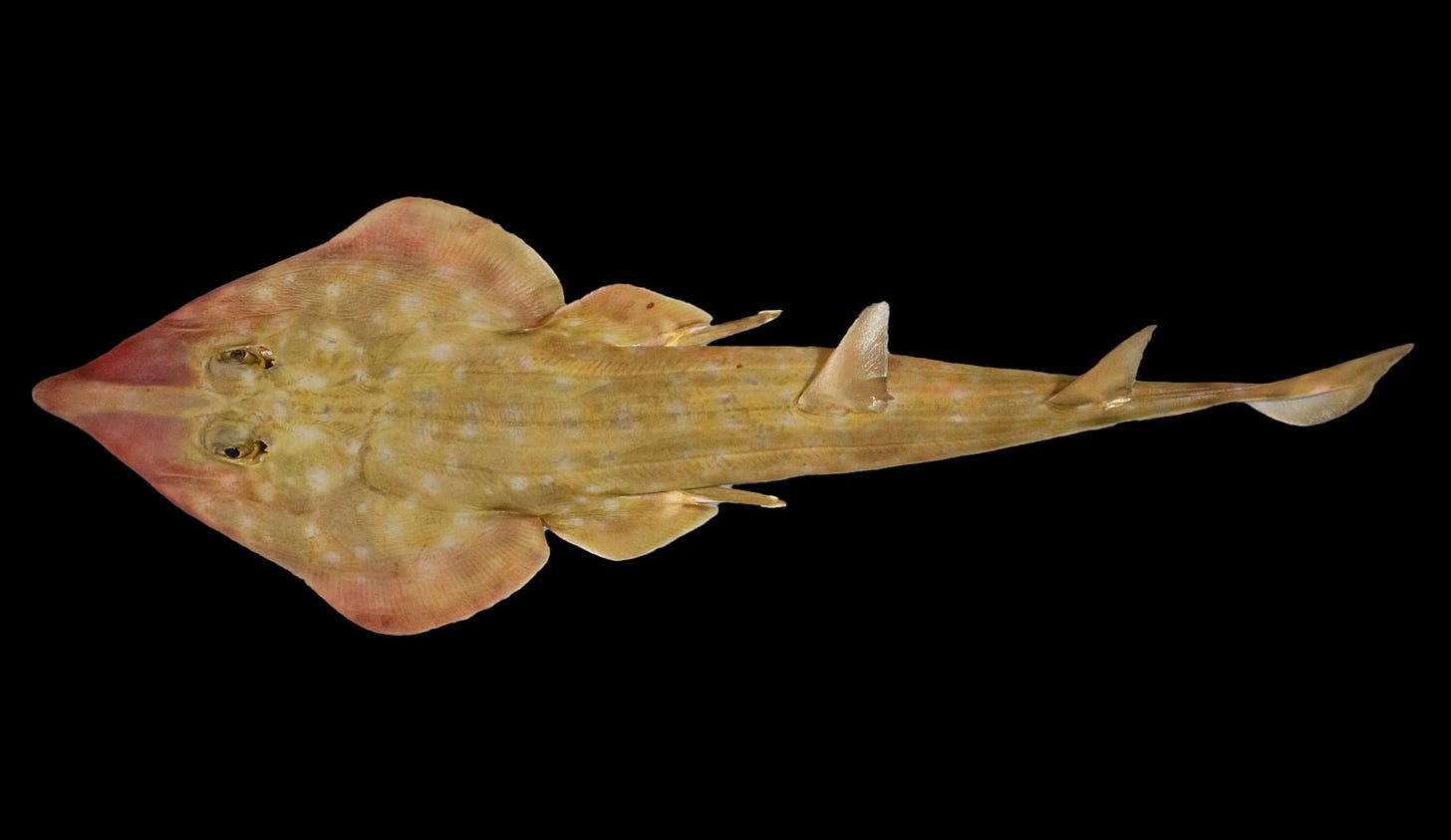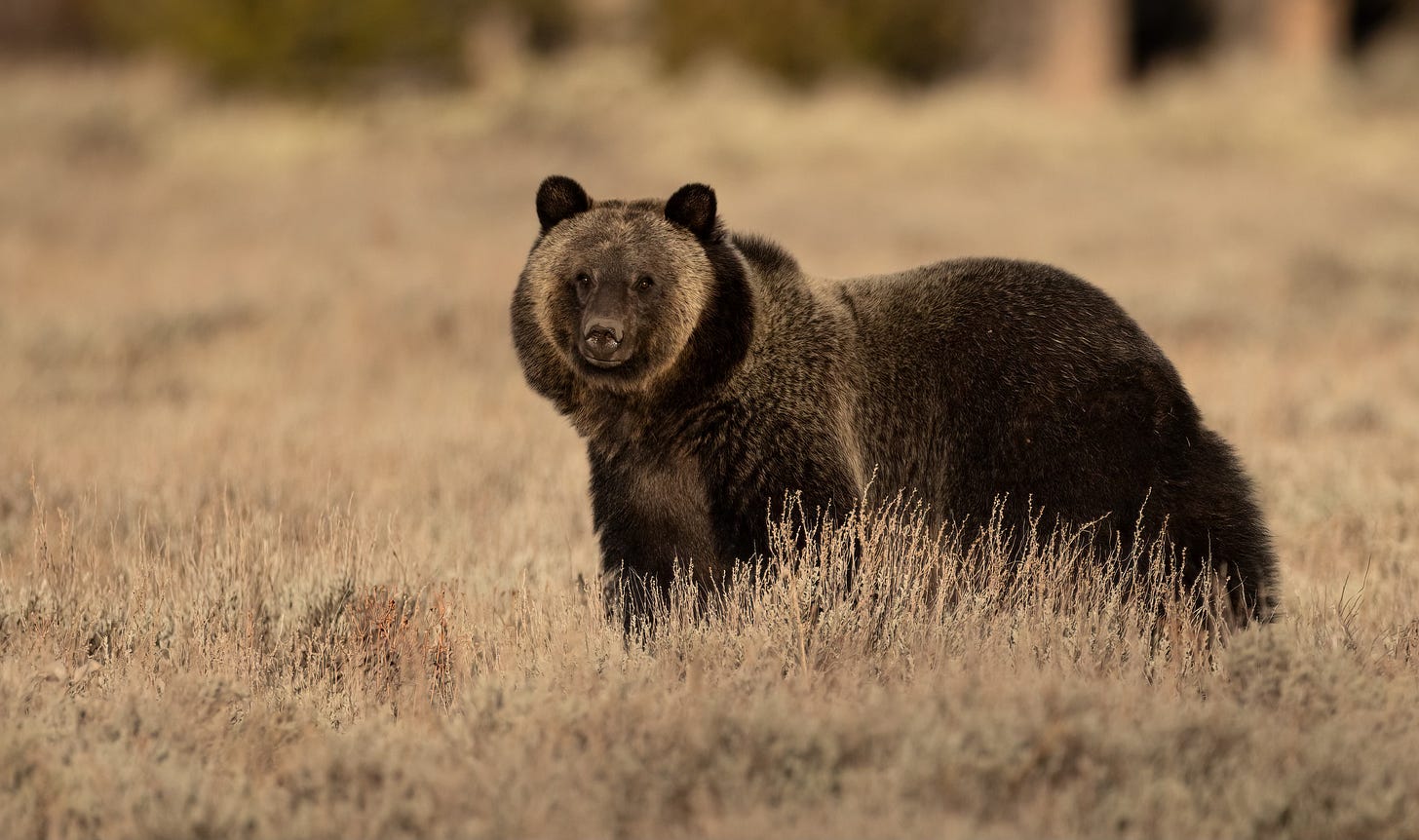My neighbor's forgotten playlist is driving the wildlife away (literally)
Plus, scientists announce more than 800 new aquatic species discovered in an ocean census
By Dan Fletcher
Here is today’s audio edition:
I’m finally back home after my journey around the world, and amidst the unpacking and reorganizing, I’m also getting back to a more quotidian problem: a neighbor’s outdoor speakers.
I live in a prime spot for wildlife watching — a quiet neighborhood in the Rockies backing onto open space. Deer, elk, bobcats, even bears and mountain lions regularly pass through my backyard. Lately though, their nightly movements come with an unexpected soundtrack: forgotten 80's rock blasting into the void.
Do you remember when we used to dance BOOM BOOM / And incidents arose from circumstance? BOOM BOOM / One thing led to another, we were young BOOM BOOM
/ And we would scream together songs unsung
After a few nights of this, I’ve had enough Asia to make me wish I was actually back in Asia. The frustration’s even more piqued because I'm certain neither wildlife nor humans are actually enjoying this impromptu concert. It's March, there's a snowstorm, and the only audience appears to be me and some increasingly irritated nocturnal creatures.
A polite text exchange yielded promises it wouldn't happen again — they’re just “testing the outdoor speakers" — but the music resumed shortly thereafter. So as I sit at 11PM, listening to Blue Öyster Cult, I’m wondering — if I'm losing sleep over this, what about my wild neighbors? As it turns out, human noise pollution has some serious impacts on wildlife, even when it's not exclusively hits from 1983.
The science is clear, and a bit sobering. When we blast music into natural spaces, we're not just annoying human neighbors. We're fundamentally disrupting an intricate soundscape that wildlife depends on for survival. For nocturnal animals especially, sound is life: it's how they find food, avoid becoming food, locate mates, and protect their young.
14% of Earth's land area is now affected by human-generated noise, which has doubled in the last 50 years
Wildlife activity drops by nearly half in areas exposed to artificial noise, with numbers staying lower for as long as a week after the disturbance
Animals become 3-4 times more likely to flee when exposed to human-generated noise compared to natural sounds
Even music alone can reduce bat activity by 47% — without any other disturbances like lights or human presence
A recent study in Wyoming's Bridger-Teton National Forest revealed just how sensitive wildlife is to these disruptions. Take the mountain lions that occasionally pass through my backyard. As ambush predators, they rely heavily on stealth and the ability to hear prey movement. When artificial noise masks these critical audio cues, it forces them to either abandon their hunting grounds or take greater risks. The bears face different challenges — while they're not hunting by sound, noise disturbance can disrupt their foraging patterns and even separate mothers from cubs who use vocalizations to communicate.

For prey species like deer and elk, the stakes are even higher — they become more vigilant, spend less time feeding, and burn precious energy fleeing from unfamiliar sounds. Even something as simple as a mountain bike's whirring can send mule deer fleeing in panic. (And that's a lot quieter than Twisted Sister's "I Wanna Rock" at full volume.)
The impacts can be especially severe for young animals. One study tracked elk mothers and calves near areas with consistent noise disturbance. The mothers abandoned their traditional calf-rearing grounds, forcing their young to travel greater distances, potentially reducing their chances of survival. These effects create acoustic dead zones — areas that might look like perfect wildlife habitat but become essentially unusable due to noise pollution.
So while my neighbor might not see anyone listening to their outdoor concert, there's an invisible audience out there beyond me fuming in my bedroom, and none of us are enjoying the show. It's not just The Fixx that needs fixing — it's our broader understanding of how sound shapes the wild world around us. The research suggests that protecting natural soundscapes isn't just about human peace and quiet. It's about preserving the complex acoustic environment that wildlife has evolved to depend on.
Top image of the bobcat also by the National Park Service.
Quick links!🔗
Scientists just announced 866 newly discovered marine species, including a guitar-shaped shark and a pygmy pipehorse found thousands of miles from its known habitat. While the numbers are impressive, they highlight a sobering reality — scientists estimate up to 2 million marine species exist, but we've only documented about 240,000. And with new species taking up to 13 years to be officially registered, some might vanish before we even know they existed.
Spring's first signs are appearing in Yellowstone, where rangers spotted the year's first grizzly bear tracks on March 9. But while bears emerging from hibernation is a cherished annual ritual, temperature changes are disrupting this natural cycle — in Lake Tahoe, about 20% of bears now skip hibernation entirely, sustained by human garbage and warmer winters. For those that do hibernate, the wake-up is intense: bears can burn 4,000 calories daily while dormant, losing up to 40% of their body weight without losing muscle mass.








